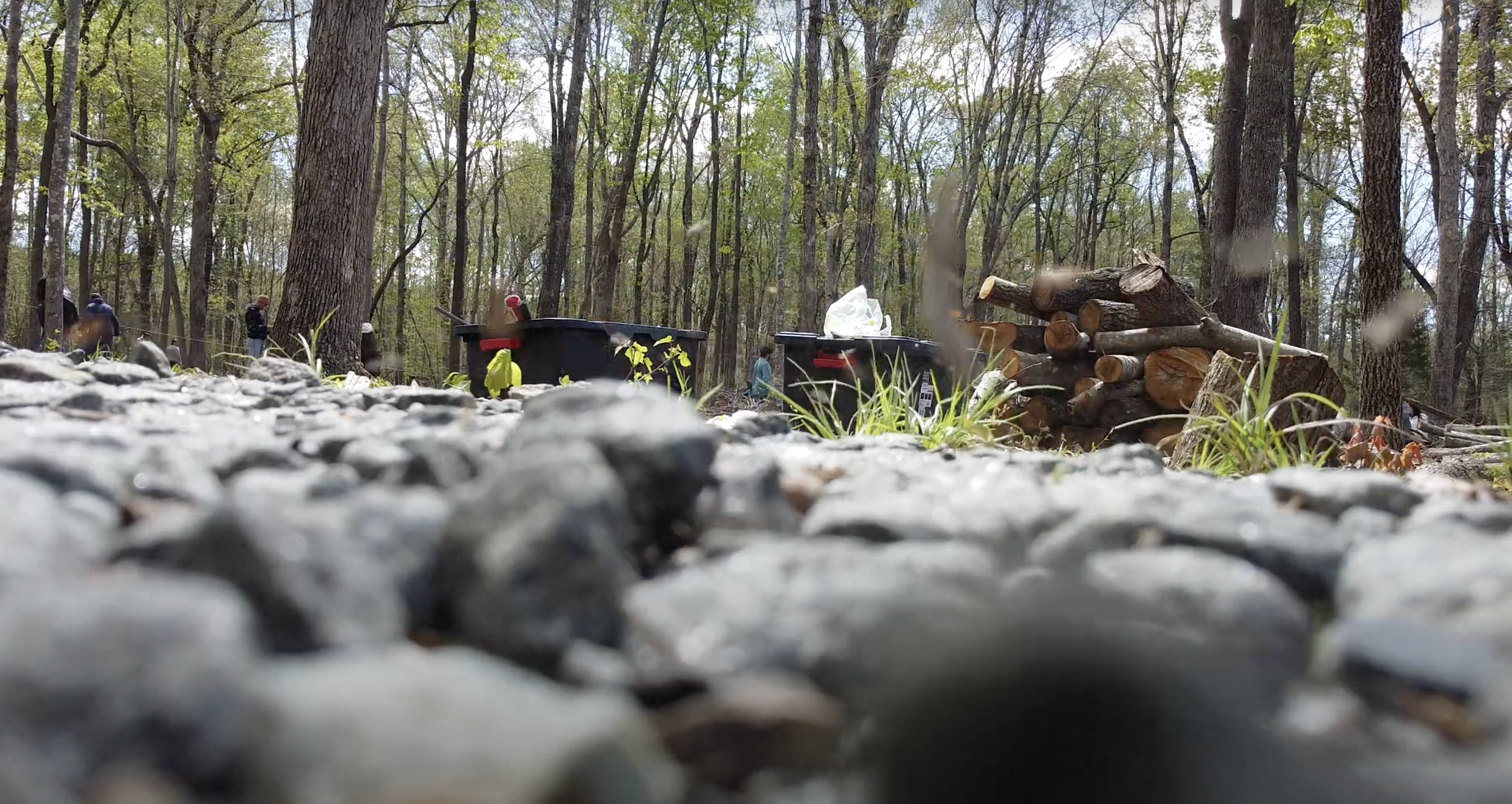Preserving the Land, History & Legacy of Those Who Came Before Us







Indigenous Memories is a United States tax-exempt 501(c)(3) organization registered under EIN: 84-4933208. We maintain sacred burial spaces where these individuals and their descendants are interred. Sacred burial spaces include several likely ancient Indigenous burial mounds, disrupted burial mounds, a Maroon cemetery where Indigenous and Free People of Color are buried in the same space, and the Hardscrabble Slave Cemetery.
We offer historical hikes and storytelling to increase understanding of hardships Free People of Color faced daily during the 18th and 19th centuries. Hikes include a visit our Indigenous mounds, our Maroon cemetery, and our historical timeline fence.


